As
the Chinese National Day approached on October 1, the Chinese authorities
carried out a series of anti-terrorism drills and civilian disarmament
campaigns amid escalating tensions between Mongolians and Chinese over
mining, environmental destruction and land expropriation in Southern (Inner)
Mongolia.
The Inner Mongolia Autonomous Region Public Security Bureau official website
reported that an anti-terrorism drill code-named “2013 – Mission Stability”
was carried out in eastern Southern Mongolia’s Tongliao Municipality on
September 28, 2013. Formerly known as “Jirim League” (“league” is a
traditional Mongolian administrative unit that consists of several county
level administrative units called “Banner”), Tongliao Municipality is home
to about 1.5 million Mongolians, the largest concentration of Mongolian
population among all the leagues in Southern Mongolia.
“In order to effectively respond to the
complicated and volatile social stability situation, and to strictly
implement the Autonomous Region’s ‘8337 Development Guidelines’”, more than
15 units including the Tongliao Municipality Public Security Bureau, Armed
Police Tongliao Branch, the Municipality Fire Department and the Inner
Mongolia Nationality University Affiliated Hospital joined the
anti-terrorism drill, according to the Autonomous Region Public Security
Bureau website.
The main objective of the so-called “8337
Development Guidelines”, as outlined by the newly appointed Party Secretary
of the Inner Mongolia Autonomous Region Wang Jun, was to “develop Inner
Mongolia as the defense line of the Capital Beijing, to serve northern
China, to supply clean energy, coal and rare earth to all of China, to serve
as the energy base of China, and to develop Inner Mongolia as the defense
line of the northern frontier’s stability and ecosystem,” according to Baidu,
the Chinese equivalence of Google.
“More than 1700 Public Security personnel and
armed police, and more than 30 specially equipped vehicles and police cars
joined the drill,” the Public Security authorities stated. At the drill, Mr.
Yao Yongbo, Political Commissioner of the Autonomous Region Party Committee,
emphasized the importance of “maintaining stability” and urged the Tongliao
Municipality to “be fully prepared to meet any challenge and develop crack
troops of anti-terrorism”.
On September 30, 2013, China’s official news
“China Fire Fighter Online” provided a detailed scenario and description of
the “2013 – Mission Stability” anti-terrorism exercise:
“At the instigation of a handful of outlaws,
villagers from a certain village holding shovels and sticks come to the
front of the ‘city government building’ causing a disturbance. A large-scale
mass disturbance follows. Instructed by the outlaws, villagers move to the
‘government building garage’ to smash cars and set fire to them. Upon
receiving the emergency call, the Tongliao Municipality Fire Department
immediately comes up with a rescue plan. Two fire trucks and 12 fire
fighters are dispatched immediately to the scene. In concert with the police
and other security personnel, fire fighters successfully extinguish the fire
in short order. The Public Security Bureau successfully puts down the mass
disturbance, and arrest the criminal suspects including the instigators and
plotters. The exercise successfully concludes.”
A similar display of Chinese special police
force took place in eastern Southern Mongolia’s Hulun-boir Municipality on
September 27, 2013. Special police force heads and other officials from the
Public Security Bureaus across the Autonomous Region’s 12 leagues and
municipalities gathered there to carry out a special armed police
demonstration and competition. The special armed police heads emphasized the
importance and urgency of strengthening the development of special armed
police across the Autonomous Region in order to “face the new social
stability issues, new needs, and new challenges”, according to the
Autonomous Region Public Security Bureau website.
As part of the “Peaceful and Stable Inner
Mongolia” movement, the Autonomous Region Public Security Bureau also
carried out a 10-day long special operation to disarm civilians across the
region before the Chinese National Day. According to the same website,
during this special operation, “the Public Security authorities across the
region mobilized 119,594 person/time and 136,337 vehicle/time, cleaned up
89,505 public places, confiscated 89 guns, 5850 bullets, and 1486 knives…and
cracked down on 82 groups and struck hard at 3,644 criminals.”
Another statement issued by the Inner
Mongolia Autonomous Region Public Security Bureau on September 25, 2013,
revealed that two steel plants, namely Bogot Steel (“Bao Gang” in Chinese)
in the west and Ulaanhot (“wu lan hao te” in Chinese) Steel in the east,
were responsible for destroying and recycling confiscated weapons from
across the Autonomous Region. “Statistics show that 49,644 kilograms of
explosives, over 120,000 detonators, 2159 guns, 5266 fake guns, 228174
bullets, and 32675 knives were confiscated” the statement said.
Mongolian traditional knives have been
specifically targeted. Many complained that beautifully decorated Mongolian
knives bought as gift were confiscated at train stations and airports across
the region.
“At the Ordos Airport, the Mongolian knife I
bought from the Ordos Convention Center was confiscated as a controlled
substance even though it was in my checked luggage,” a traveler angrily
blogged on Sina Weibo, “I had a longer fruit knife in my luggage, but only
the Mongolian knife was targeted.”
|
"2013
- Mission Stability" Anti-terrorism Drill
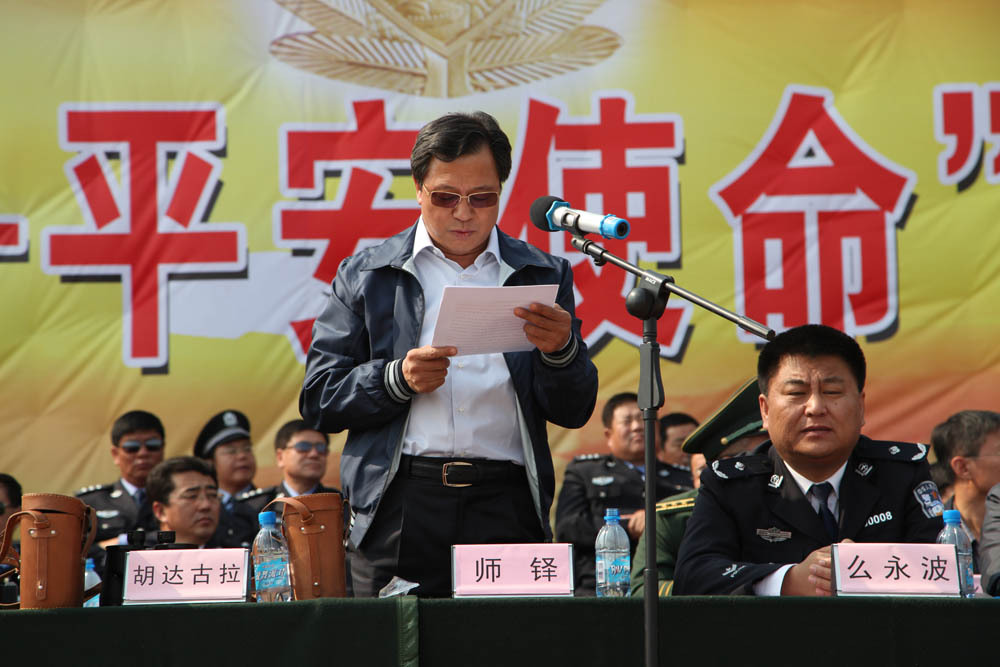

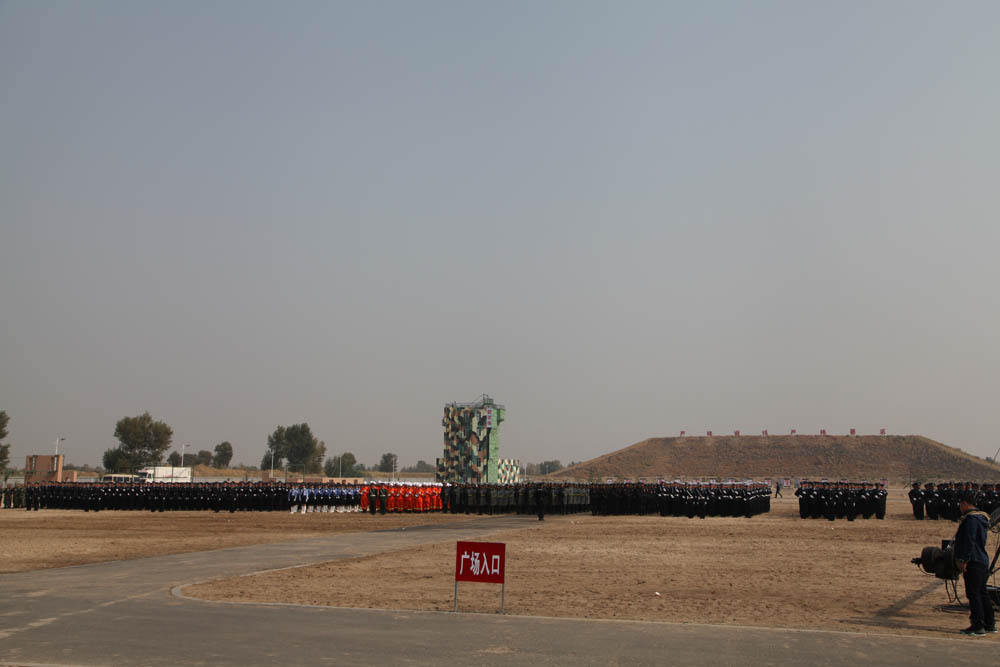
Regional Special Police
Gathering and Drill
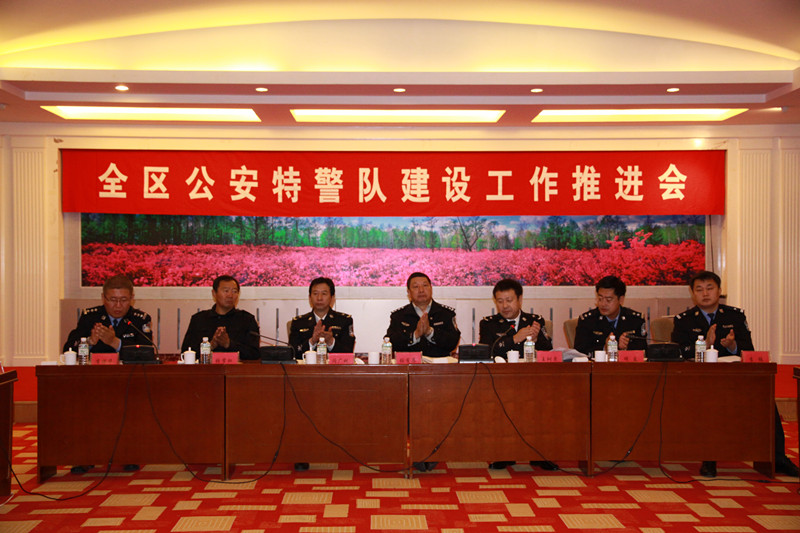

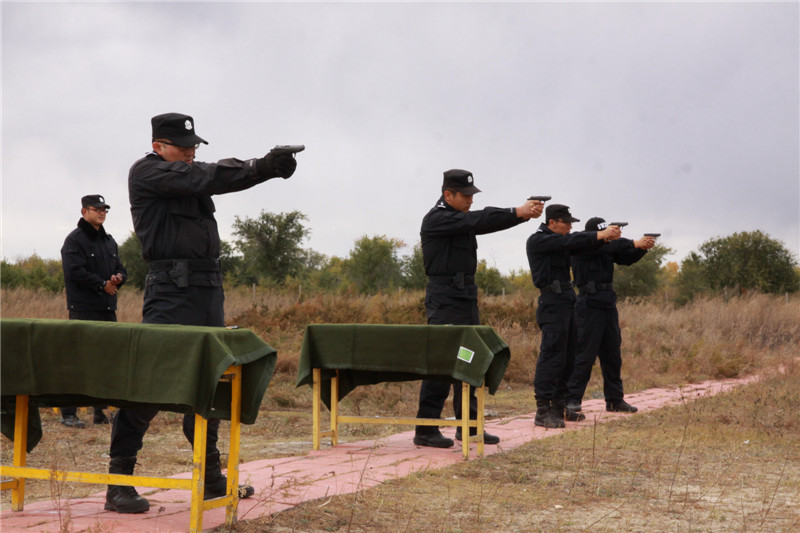

Traditional Mongolian
knives are confiscated
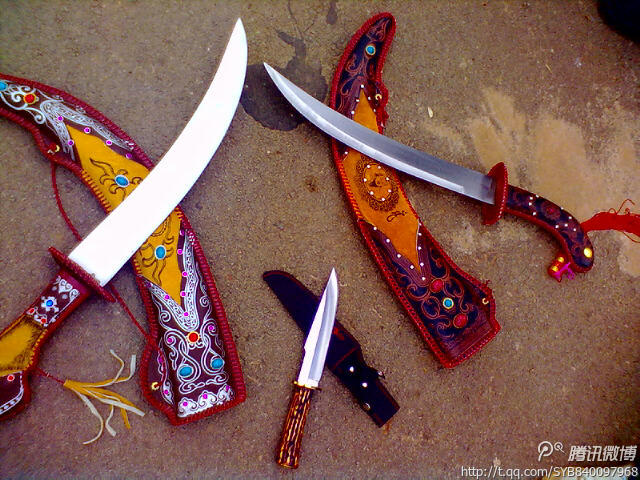
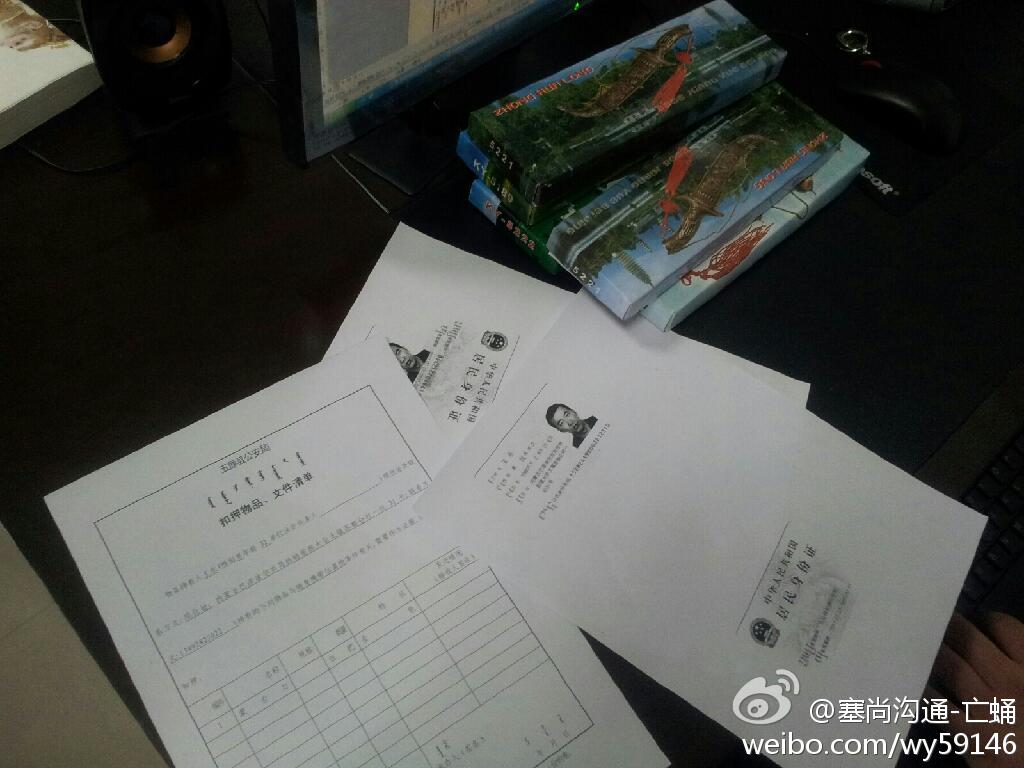
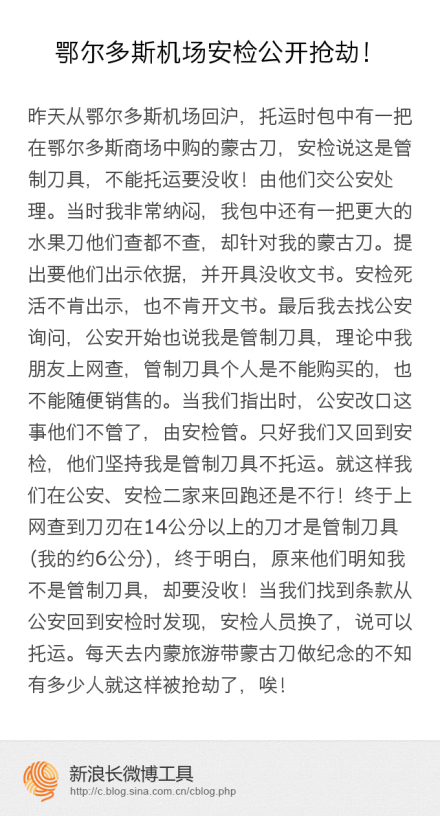 |
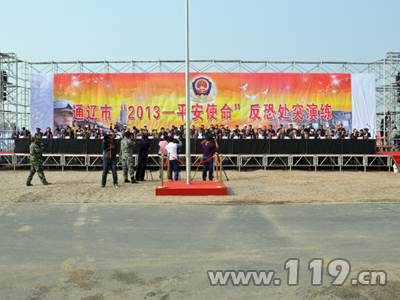
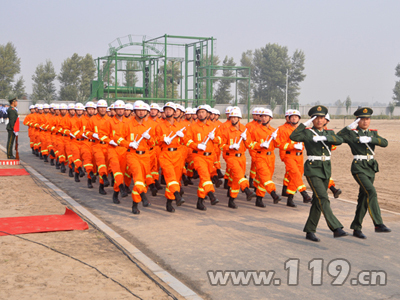
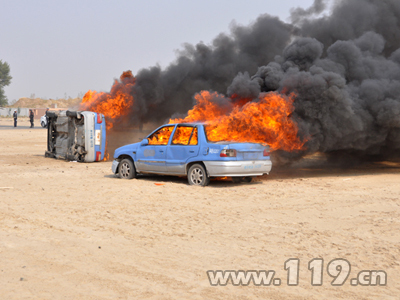
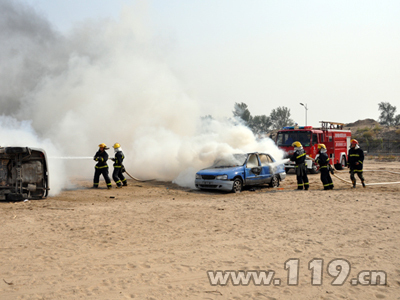















 Beyond
Great Walls: Environment, Identity, and Development on the Chinese
Grasslands of Inner Mongolia
Beyond
Great Walls: Environment, Identity, and Development on the Chinese
Grasslands of Inner Mongolia China's
Pastoral Region: Sheep and Wool, Minority Nationalities, Rangeland
Degradation and Sustainable Development
China's
Pastoral Region: Sheep and Wool, Minority Nationalities, Rangeland
Degradation and Sustainable Development The
Ordos Plateau of China: An Endangered Environment (Unu Studies on
Critical Environmental Regions)
The
Ordos Plateau of China: An Endangered Environment (Unu Studies on
Critical Environmental Regions)